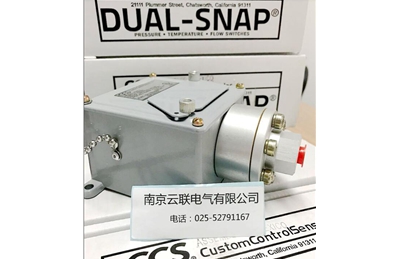
Telephone
025-52791167,52791168
13390905858
13390905858
 How to correctly select and install plug-in electromagnetic flow meters?
How to correctly select and install plug-in electromagnetic flow meters?
Accurate measurement requires the selection of the correct instrument, and the quality of the instrument is the main factor. Secondly, installation requirements should be considered. If the installation is not standardized, the instrument cannot fully play its role. Therefore, we must pay attention to the installation of the flow meter. Below, technicians will introduce the installation requirements and precautions of the plug-in electromagnetic flow meter: 1. The plug-in electromagnetic flow meter should be kept as far away as possible from equipment with strong electromagnetic fields;
2. The installation site should not have strong vibrations, the pipelines should be securely fixed, and the environmental temperature should not change significantly;
3. The installation position must ensure that the pipeline is always filled with the measured fluid. The length of the straight pipe section on the upstream side of the sensor installation pipeline is greater than 8D, and the length of the straight pipe section on the downstream side is not less than 5D;
4. Clean the welding slag and burrs on the installation base of the tested tube;
5. Install the DN80 ball valve onto the mounting base, paying attention to the long cavity of the ball valve facing upwards, and check that the ball valve switch is normal; Install the compression threaded seat kit onto the ball valve, loosen the positioning screw and compression nut, and insert the sensor into the tested pipeline through the ball valve. The insertion depth of the sensor is 3mm beyond the base. After meeting the requirements, tighten the positioning screw and compression nut. At the same time, pay attention to the direction markings of the sensor being consistent with the flow direction of the fluid.
6. The opening on the tested pipeline is larger than the base pipe, and the depth at which the base pipe is inserted into the opening of the tested pipeline is equal to the welding joint on both sides;
7. The plug-in electromagnetic flowmeter adopts stainless steel welding rod flat welding, ensuring that the flange surface is parallel to the pipe axis after welding;
8. According to the instructions of the plug-in electromagnetic flowmeter, connect the power supply and other connections to the converter gauge. After power on, check the instrument display and confirm that the measured tube is filled with fluid and the flow rate is zero. Check that the instrument display should be zero;
9. After the fluid in the tested tube flows and stabilizes, check the instrument display. At this time, rotate the sensor direction to increase the displayed value, and tighten the positioning screw and compression nut;
10. For situations where the flow rate varies greatly and the fluid velocity is consistently lower than the low flow rate required by the flow meter, it is necessary to consider reducing the process pipeline or using two flow meters installed in parallel, one large and one small;
11. Insertion electromagnetic flow meters, like ordinary electromagnetic flow meters, should be installed on vertical process pipelines to prevent suspended solids from settling on the electrodes and to raise the oil content in the fluid beyond the measurement range of the electrodes. If the flow meter is installed on a horizontal process pipeline, the sensor electrodes should be placed on the horizontal axis to avoid measurement errors caused by interference from bubbles on the electrodes;
12. Vertical installation, when the sensor is inserted into the pipeline, the angle between the sensor and the vertical diameter of the pipeline section should be less than 5 °, suitable for measuring clean media with low pipeline vibration;
13. Oblique installation, the angle between the axis of the sensor and the axis of the measured pipeline is 45 °, suitable for measuring the flow rate of liquids with large diameters and other impurities in the measuring medium. This installation method has low water resistance and is not suitable for entanglement.
telephone:025-52791167,52791168
Fax:025-52791169
Phone :13390905858
mailbox:njxj888@163.com
Address:Jiangning Shuanglong Avenue No.1222 Nanjing, Jiangsu. China P.O. 211100